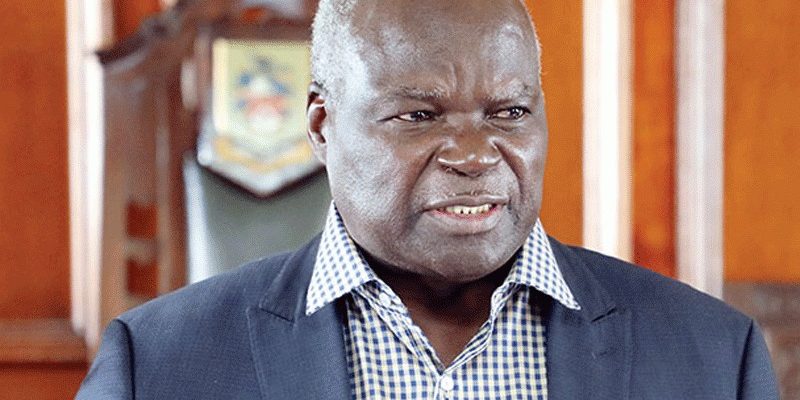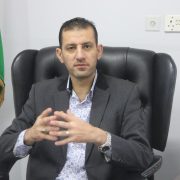The Government is strengthening its grip on regional energy integration while scaling up renewable energy solutions as part of a transformative energy compact aimed at solving persistent power shortages and future-proofing national infrastructure.
Speaking during a post cabinet briefing, Minister of Energy and Power Development, Hon. July Moyo, said Zimbabwe is poised to play a central role in the Southern African Power Pool (SAPP) through enhanced interconnections with neighboring countries and a push toward cleaner energy sources.
“Our compact focuses on two fronts, internal generation capacity and regional integration. Zimbabwe is already interconnected with South Africa, Mozambique, Zambia, and others, and we’re working to complete strategic interconnectors with Tanzania and Angola,” said Moyo.
By Ruvarashe Gora
The Southern African Power Pool, headquartered in Harare, facilitates power trade among 12 SADC countries. Zimbabwe’s central location is proving to be a game-changer, offering a corridor for future connectivity between Southern, Eastern, and even North African nations.
In a bid to stabilize and expand domestic generation, the country is embracing renewable energy in both large-scale and household applications. Solar panels are now common on rooftops, and ZESA’s net metering program is allowing households to feed unused solar energy back into the grid, earning credits to offset peak-hour consumption.
Currently, 32 megawatts are being added to the grid from net metered solar, with private producers like those in Ngezi already contributing 35 megawatts through dedicated solar farms.
“Renewable energy is no longer just a concept for us, it’s a necessity,” Moyo said. “We are investing in solar, wind, and hydro, including plans for floating solar stations on Lake Kariba and run of the river hydro projects along the Zambezi.”
Wind energy development has also begun, with three promising sites being scoped for investment. Meanwhile, old small dams are being repurposed to add hydropower capacity, and pension funds have joined hands to fund new hydro stations.
Regional integration is equally vital. Zimbabwe is linked to South Africa via a 400kV line from Malawi to Matimba, and similar lines connect the nation to Zambia and Mozambique. Once new interconnectors to Tanzania and Angola are completed, the country will have access to a transcontinental grid reaching as far as Egypt.
Future energy diplomacy will also involve bringing island nations like Mauritius and Seychelles into the regional grid, with discussions underway on how best to achieve this.
As the energy compact unfolds, Zimbabwe is not only building resilience against load shedding but is positioning itself as a renewable energy hub for southern Africa, anchored by innovation, geography, and regional cooperation.









Comments